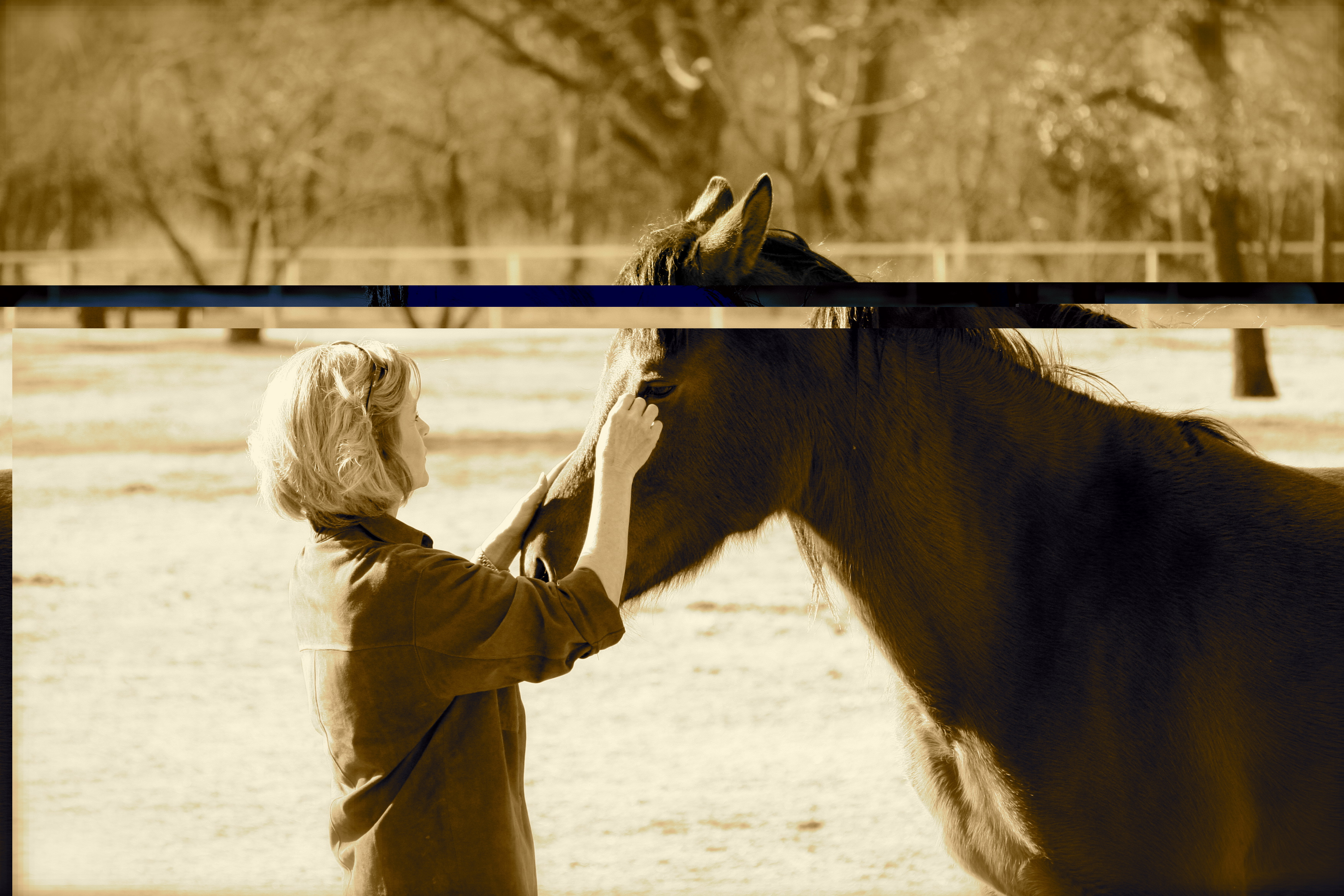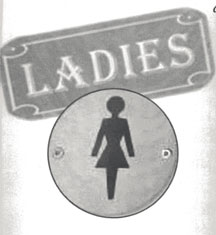
This might be an overstatement, but I’m guessing that the only industry with a worse approval rating than Congress right now is the airline industry.
My recent experience with airline customer service left a lot to be desired andndash; like anti-anxiety meds. Being a lemons-to-lemonade person, I resolved to turn this into a learning experience.
So join me on a journey (saga?) to learn five customer service lessons that the airlines have not yet mastered.
Back in April, I made airline reservations for an EWF International women’s retreat — ten members, traveling in September. The airline I used shall remain nameless. They are currently in bankruptcy (now I know why).
Two months later, I received the dreaded email, “Your itinerary has changed.” It’s bad enough to get one of those emails when it’s just YOU traveling, but when you know it’s going to affect eleven other busy womenandhellip;my stomach turned before opening it.
That’s when the nightmare began.
“Our schedule has changed, and it impacts your upcoming trip. Please review the itinerary below for your flight numbers, departure and arrival times, and seat assignments. We have bolded the changes. We look forward to seeing you onboard soon.”
It was nice of them to put the changes in bold, don’t you think?
But something was missing. Not one hint of an apology, or even an acknowledgement of the inconvenience this might cause.
- LESSON ONE: Apologize. If something you or your company did caused an inconvenience to your customer, take responsibility and say you’re sorry. The world is not a perfect place. Things change. Things go wrong. We can’t control the universe (darn!). But we can say “I’m sorry.”
The change was significant. Our layover on our return flight changed from fifty minutes to three and a half hours. That put our arrival time home at 11:15 p.m. On a weeknight. I was going to have unhappy travelers.
I called the airline to see what they could do.
The recorded voice mail began, “Did you know that you can get [most of your stupid questions] answered on our website? Please go to www.namelessairline.com. (Pauseandhellip;they’re hoping I’m going to hang up now.) If you are a frequent flyer, press one. If not, press two. If you are calling about existing reservation, press three. If you are calling about new reservations, press four. If you are calling about reservations in the continental US, press six.” And on and on.
I went through five layers of voice mail before I got a real person.
- LESSON TWO: Have a real live person answer the phone, all the time. Nothing says, “We really don’t want to hear your voice” more than an automated answering system.
I pressed the “customer care” option and now I’m on the phone with a human being. Sort of.
I explained that I was the coordinator for ten women traveling together. I explained that this group had made their decision about where to take this retreat in large part based on the flight schedules andndash; departure, arrival and layover times. I explained that there were ten female business owners who were going to be pretty unhappy customers of theirs.
“Can you please put us on another flight?”
“No, we don’t have another flight.”
“Can you please put us on another airline?”
“No, we don’t do that.”
“Then can you at least refund a portion of their ticket cost, since now the same flight that we paid $750 for is selling for $459?”
“We can’t do that! If we did that for you, all of our customers would want refunds, and we’d lose money.”
“Then can you please put me through to a supervisor.”
“Sure. But she’s going to tell you exactly what I told you, so you’re just wasting your time. I’ve worked for this company for twenty years and they do this all the time. They don’t listen to me or anybody else.”
I’m serious, that’s exactly what she said.
- LESSON THREE: Service is about experiencing the situation from the customer’s point of view, not from the company’s point of view. Every employee who has direct customer contact should be trained to think, “How does this company need to look and act in the way the customer needs it to look and act.”
I spent ten minutes on hold, waiting for a supervisor.
After three frustrating conversations with three supervisors in three locations representing three departments, one supervisor finally took pity on me and agreed that this was a bad situation.
She offered to send each woman a $200 credit voucher to use on another trip, and (perhaps more important) agreed to send each woman a pass to their private lounge to ease the blow of our three-hour layover.
I had now been on the phone over two and a half hours.
Fast forward six weeks. I still hadn’t received the travel vouchers or the lounge passes.
I called three more times, plowing through layers of voice mail each time, trying to reach the right person.
On that day I talked with Kay, Hal, Julia, Lindsey, John and Darcelle — six different people andndash; asking them to find out why I hadn’t received the vouchers and passes. Two of them openly said they didn’t believe that any supervisor would have approved the “benefits” I’d been given. Hal hung up on me(yes, I was frustrated, no I wasn’t screaming obscenities, though I admit I was tempted!).
That day I spent over three hours on the phone.
- LESSON FOUR: Honor your promises. Document what you agreed to do and follow through right away. If the customer took the time out of their busy day to contact you, then don’t let them down again. Don’t add salt to the wound.
That was two weeks ago. I received the credit vouchers via email that day. I still haven’t received the lounge passes.
No, I won’t call back. I’ll just buy my clients a drink during our layover and celebrate life’s imperfections.
- LESSON FIVE: Have a clearly defined escalation process. Train front line people to handle the majority of situations. But if the decision is outside of their level of authority, have them escalate the problem to one person with the authority to do whatever is necessary to make this a happy customer. And give the customer that supervisor’s direct line, just in case they do need to call back.
Customers are the reason we’re in business. They are our livelihood. They pay our employees. They pay our utility bills. We exist for one reason: to fill an unsatisfied need for our customers.
Let’s be good at that!
andcopy; Darcie Harris, 2012






